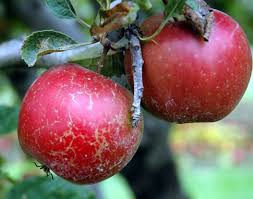Look For Powdery Mildew


Some powdery mildew fungi, especially those on rose, apple, and cherry are favored by high humidities. Overcrowding and shading will keep plants cool and promote higher humidity. These conditions are highly conductive to development.
— Ohio State University
Powdery mildews are severe in warm, dry weather because, unlike most fungi, powdery mildew require a wet leaf surface for infection to occur. However, the relative humidity of the air does need to be high for spore germination
— University of Rhode Island
Most of the common powdery mildew species prefer high humidity… Control of humidity—particularly nighttime relative humidity levels that are more difficult to deal with—is seen as one of the best tools for prevention of powdery mildew.
— Maximum Yield (Dr. L. Morgan)
Powdery mildew thrives in 60–70 degree temperatures especially when humidity levels rise above 50%…
— Growers Book
Pay careful attention to humidity in the few hours after lights out. As the room cools, the air cannot hold as much water vapor. The excess water vapor condensates out of the air and onto your plants, usually causing problems like (this issue)…
— Jason’s Indoor Guide to Organic and Hydroponics Gardening
Mildew thrives in cool, damp conditions with poor air circulation.
— Urban Garden Magazine
For indoor plants disease management includes gathering up and destroying fallen leaves, reducing relative humidity around plants, and spraying with a fungicide.
— University of Georgia
However, avoid overhead watering as this increases humidity around the foliage which makes the plants more prone to powdery and downy mildews.
— Royal Horticulture Society
Learn how to address this issue in other articles.
Published on Oct 23 2014
Last Updated on Feb 27 2024
Categories: Agriculture, Mildew, Powdery Mildew
Tags: powdery mildew
